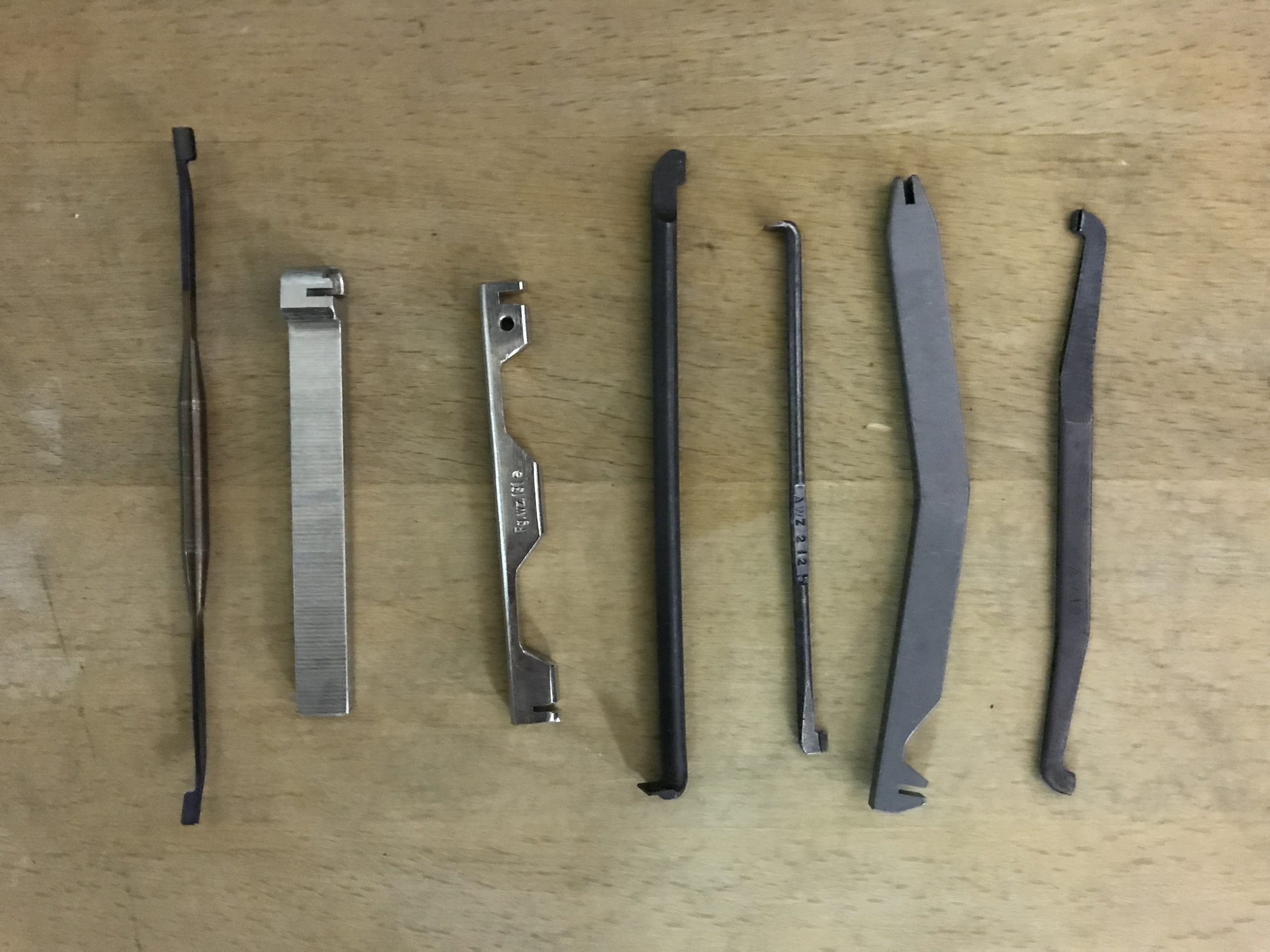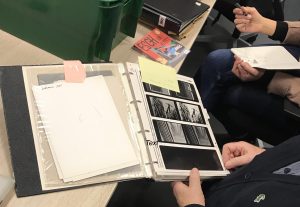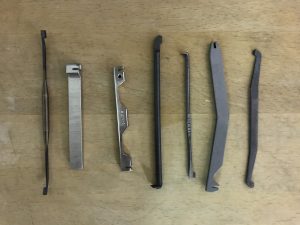Rebecca Mossop
Rebecca is a PhD Candidate working on the REPAIR project
MORE ABOUT THIS AUTHOR
After presenting part of our project “Repairing Technology – Fixing Society?” in our REPAIR fanzine no. 1, we have now started working on the second issue. In this collaboration between art and science, we will unveil the complexity of maintaining and repairing large technical communication infrastructures. Fanzine no. 2 will look at the (history of the) telephone system in Luxembourg. To give you an insight into our collaboration with anthropologist and designer Anaïs Bloch, we will provide a brief update of our joint fieldwork here.
What was important to start with was to define what maintenance could be within the context of the telephone system in Luxembourg. After all, maintenance involved much more than purely technical upkeep of equipment; the system itself had to be maintained on several levels, and that could involve anything from dealing with a classic cable breakage on an aerial line to deciding whether or not to introduce an “innovative” technology to maintain the company’s portfolio.
There was a considerable amount of material and a lot to find in the archives of Post Luxembourg (PTT), and we first turned our attention to the visual inventory, searching for pictures of broken infrastructure parts as well as the people who were in charge of their maintenance and repair. What was particularly challenging was finding written documentation from the first half of the 20th century that corresponded with the pictures found. Luckily, we received great support from a former PTT chief engineer.

Fig.1.Going through the visual inventory of 100 years of Post Luxembourg and discussing what to choose. Photos taken by Rebecca Mossop
After our archival research, we visited an old telephone exchange (one of the connection nodes of the telephone network). The exchange itself bears witness to the maintenance of the system: formerly housing electromechanical EMD technology, only a small part of it is now used as a fibre optic station. The change from copper cables to fibre optics clearly illustrated how the change of technology meant that repair practices had to change too. The maintenance of fibre optic cables and switches demanded different tools and knowledge. The old tools that we found lying around are no longer any use for maintaining the current technology.

Fig.2: Tools of a precision mechanic for maintaining EMD technology. Photos taken by Rebecca Mossop
After our field trip we started to select the collected material and drafted a first version of the fanzine. As well as the archival sources, photographs and videos, Anaïs Bloch (link) worked on some drawings to capture our findings more artistically. This perspective will also be a central part of the final product.
After a short period of reflection, we decided to include female characters to build a bridge to the here and now, despite the fact that the photos and other documents showed that maintenance was primarily a male-only domain for decades in Luxembourg. We also had the opportunity to conduct a first interview with today’s PTT Corporate Social Responsibility (CSR) Department. Isabelle Faber and Cécile Jacquemart gave us a particularly impressive demonstration of how infrastructure maintenance, especially today, goes hand in hand with repair, reuse and sustainability on many levels. This organisational interpretation will be complemented by an interview with a female PTT engineer.
So make sure you stay tuned for the publication of our REPAIR fanzine no. 2!